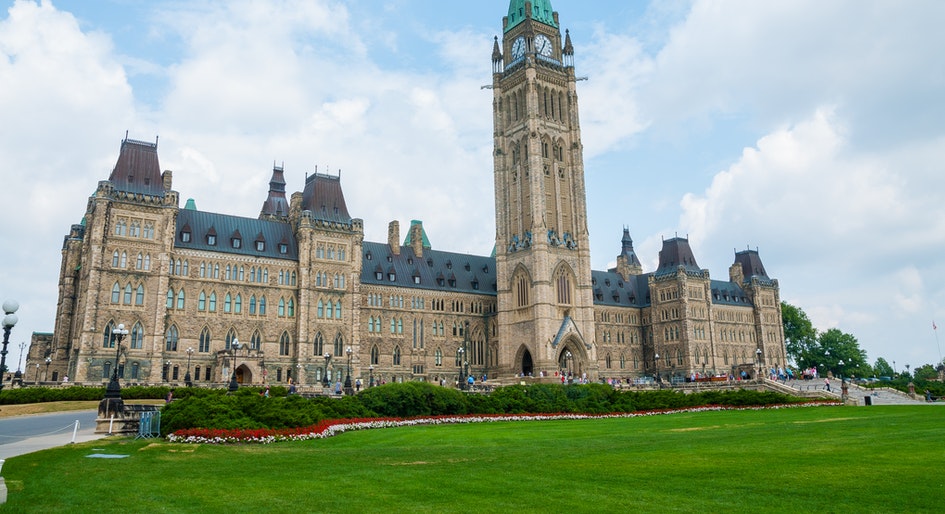About $221 million in Canada Emergency Commercial Rent Assistance (CECRA) had been disbursed as of July 3, Finance Minister Bill Morneau reported in the 2020 Economic and Fiscal Snapshot he released today. That flowed to more than 29,000 business and non-profit tenants that collectively employ about 209,000 workers.
Yet, many commercial landlords are still in the queue for required approval from the CECRA administrator, Canada Mortgage and Housing Corporation (CMHC). Last week, the government announced a one-month extension to the program to include rent relief for July. Landlords have until August 31 to apply for the joint federal-provincial funds to cover up to 50 per cent of qualified businesses’ rent.
“In addition to thousands of applications by property owners in progress or being processed, CMHC is working closely with large property owners to complete applications to provide rent support to a further 25,000 small businesses,” states the federal government’s report on its actions in response to the COVID-19 pandemic.
CECRA allocations thus far amount to a tiny fraction of the $212-billion spending package recapped in the 168-page Snapshot, along with details of how individuals and businesses have absorbed COVID-19’s sudden hit, responded to relief measures and may possibly be positioned to recover. In his accompanying speech to the House of Commons, Morneau stressed both the sudden shock to the Canadian and global economy and the precariousness of projections while the major health threat hovers.
“With this Snapshot, we are providing our best prediction of the economic situation in Canada to the end of the current fiscal year, to March 31st, 2021. Trying to predict further would be potentially misleading,” he said. “The possibility of further outbreaks looms on the horizon, and accurate long-term forecasting is impossible in such a volatile environment.”
He also maintained that Canada is easily able to carry the new debt it has amassed, comparing it favourably to more burdensome deficits in the 20th century.
“If we think back to the ‘90s, when Canada’s debt needed to be reined in, interest rates were high and public debt was extremely expensive. At that time, our public debt charges were close to 6 per cent of GDP,” he recounted. “But now, Canada’s public debt charges are only around 1 per cent of GDP. And even after all the investments we have made to support Canadians, the cost of servicing our debt is expected to go lower this year.”
Looking back over the past four months, the Snapshot presents somewhat different views of real estate as an employer versus a business service. Lumped with finance, it’s the sector that experienced the least job loss since February, at less than 5 per cent, and its uptake of the Canada Emergency Wage Subsidy was also slightly below the national average with applications submitted to cover about 20 per cent of its workforce.
However, as the sector that literally houses the workings of the economy, it is far from insulated from harder hits elsewhere. Notably, accommodations and food services suffered the highest job loss of 17 identified sectors, shedding 44 per cent of its pre-pandemic employment. A 22 per cent drop in employment in the information, culture and recreation sector, and the loss of 15 per cent of retail and wholesale jobs also casts an ominous shadow on office and retail space demand.
In contrast to the slower pace of CECRA allocations, the Snapshot reports that 688,000 applicants had obtained $27.4 billion in relief through the Canada Emergency Business Account (CEBA), which provides interest-free partially forgivable loans of up $40,000 to small businesses and not-for-profit organizations, as of July 3. For its part, the government notes that commercial rent assistance is not a common element in national COVID-19 response packages — not offered in the United States, the United Kingdom or Germany, for example — and credits itself with “covering a broader range of measures than most plans announced in peer countries.”





